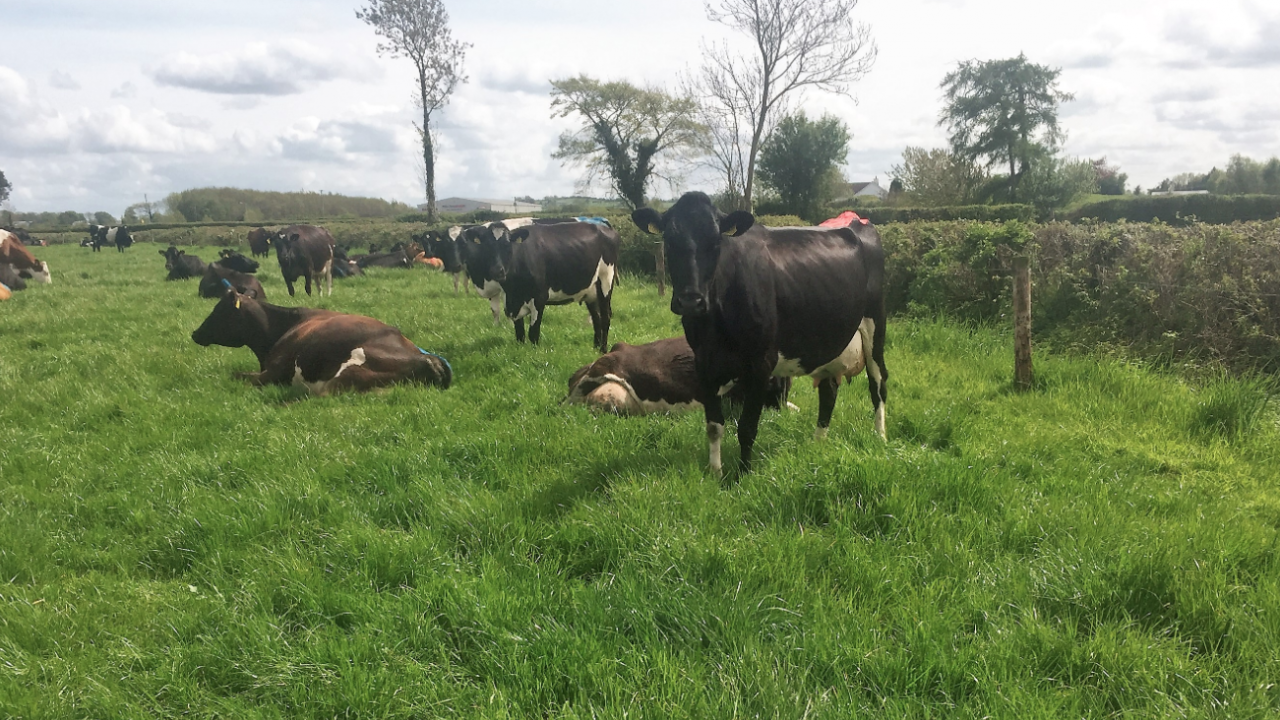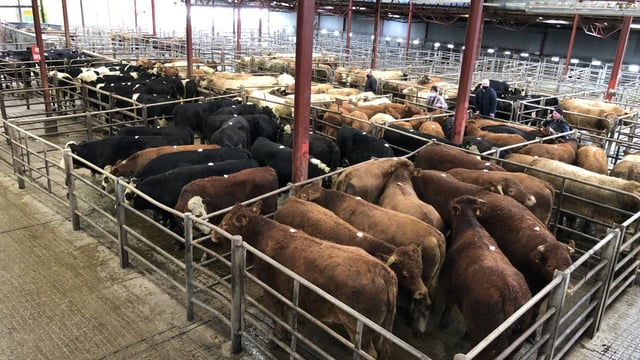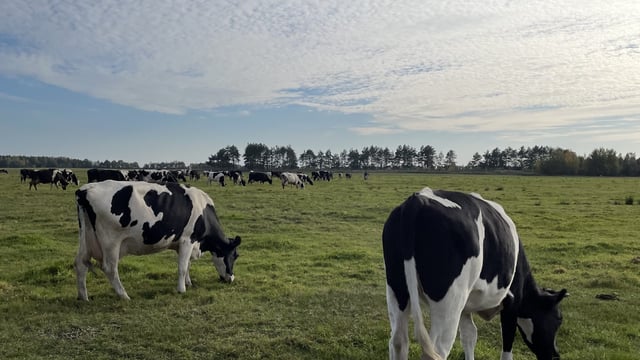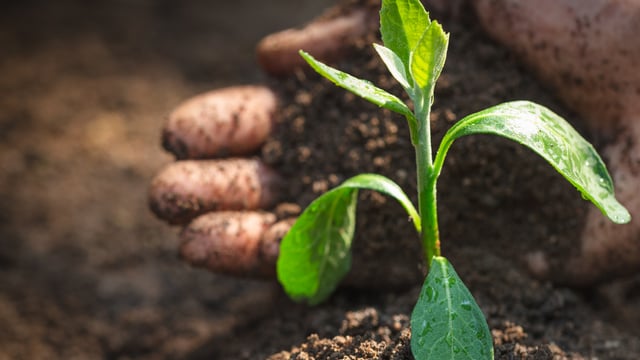Dairy advice: Pre-breeding checks should begin on dairy farms
While there are still a number of cows to calve down this spring, now is the time to start your pre-breeding checks, as we are just four to five weeks away from the mating start date for most farms.
Cows that are identified before calving to not be cycling, may have some underlying issues and may be suffering with endometritis.
Endometritis affects a cow’s reproductive performance, as it is an infection of the uterus that persists beyond the third week after calving.
The most important thing to do now is to identify the cows that are not bulling by heat detecting for a full cycle of 24 days and find the non-bullers that are calved over 35 days and still showing no signs of heat.
The records obtained from the calving season should be used to identify the cows that may need to be checked by the vet prior to the start of breeding.
Cows that went down with milk fever, had a difficult calving, or had some sort of health or metabolic issue in the last few months need to be checked as well.
Some of these cows will be fine and require no help or intervention, while some will require some treatment and others may need to be washed out before breeding begins.
This process should be repeated in April once all cows have calved on the farm and cows have been monitored for heats as it will give the farmer the full picture of what's going on in the herd.
Failing to deal with these cows before breeding begins may result in them not going in calf, or going in calf later in the season.
Heats will have to be detected for the next four to six weeks and tail paint should be applied to cows that have calved and inspected at each milking to see if cows are cycling.
The cows should be tail painted a certain colour now, and once they have shown signs of cycling and their tail paint has been rubbed, they should be tail painted a different colour to notify that they are cycling.
A vet will carry out a metric check, which is an examination of vaginal discharge to see if the cow has endometritis.
Early identification means the cow can be treated with metricure or whatever treatment the vet recommends.
If there are a number of cows that have not come into heat during the breeding season, some sort of synchronisation programme may be discussed with your vet to ensure the cows get the best possible chance of going back in calf.
All cows and heifers should be vaccinated prior to breeding for Leptospirosis, BVD, and IBR to protect the cow from any reproductive problems or fetal loss.
Any cows that are lame should be treated, as lame cows will show less signs of oestrus and will struggle to go back in-calf.
Cows should also be body condition scored (BCS) and consider putting cows that are less than 2.75 BCS on once a day (OAD) milking or allocate them extra feed or meal in the parlour.
Cows that calve after April 1 should also be considered for OAD milking as if you want to keep them in the herd and get them back in calve as quick as possible, this is an option to help them recover quicker.
Heifers should also be weighed at this point and be put out to grass and any heifers that are behind target should potentially be separated and given extra feed.





